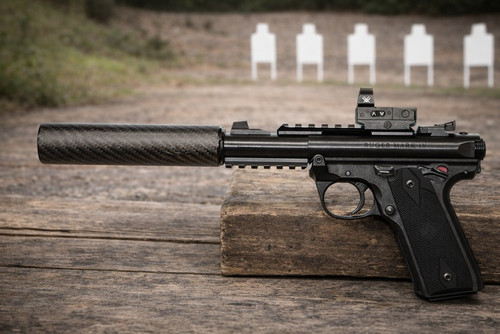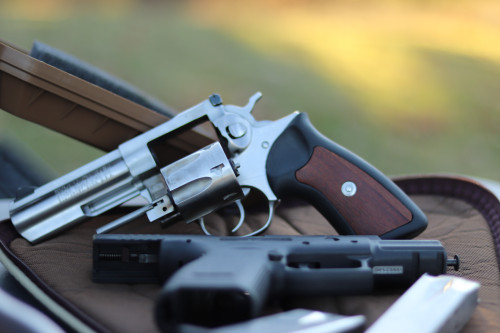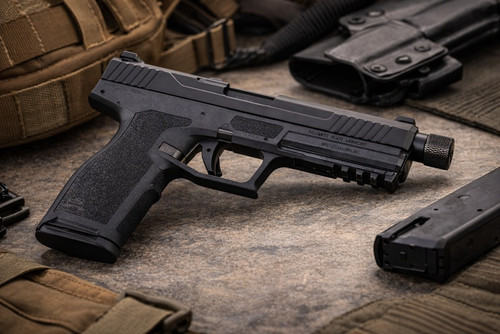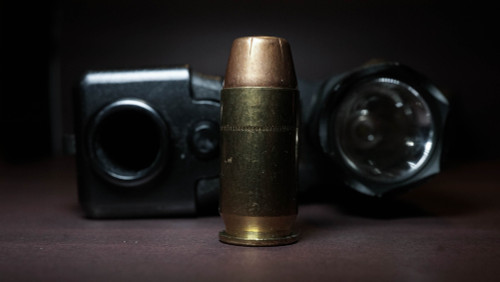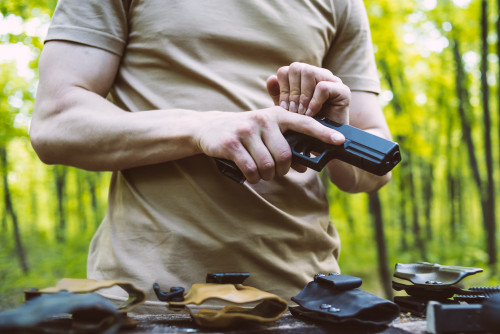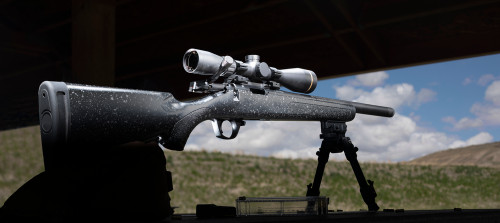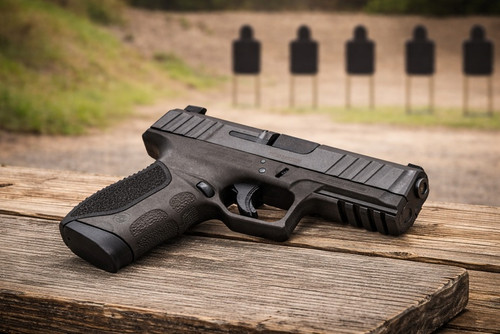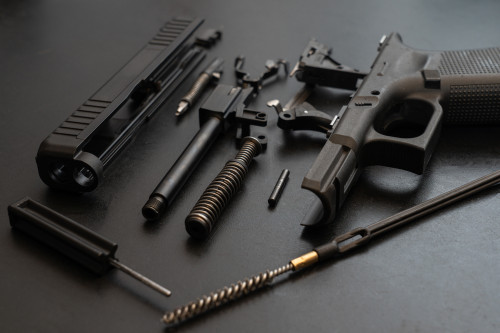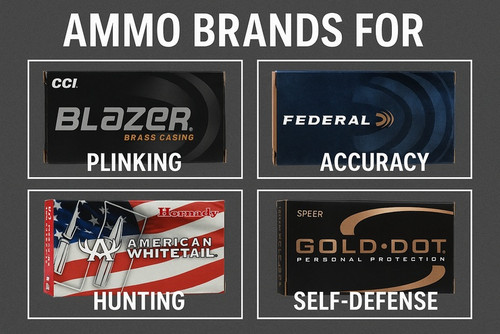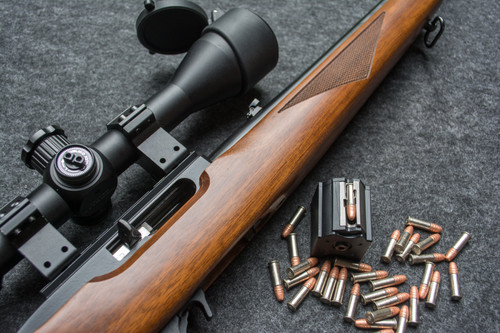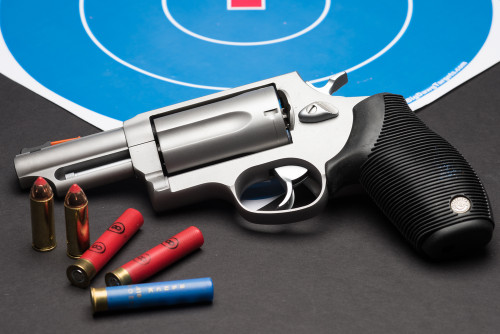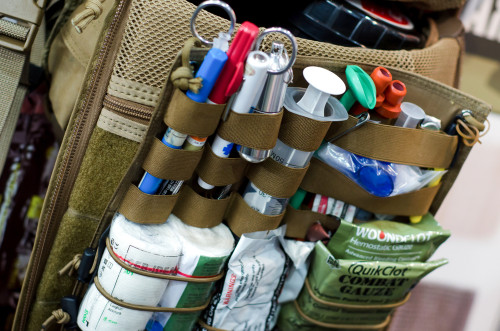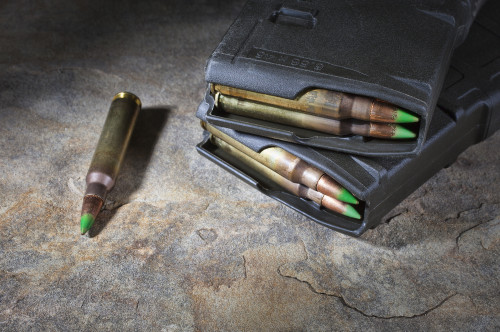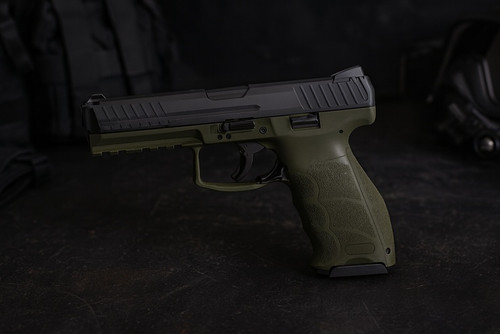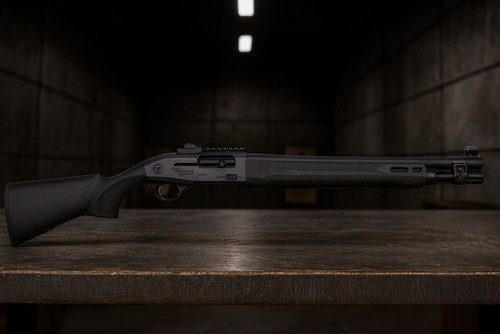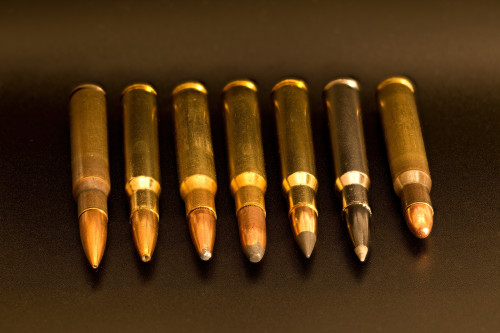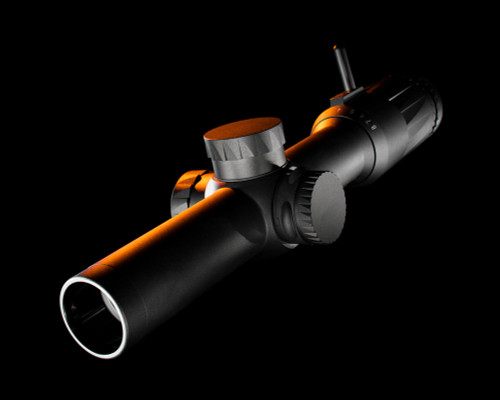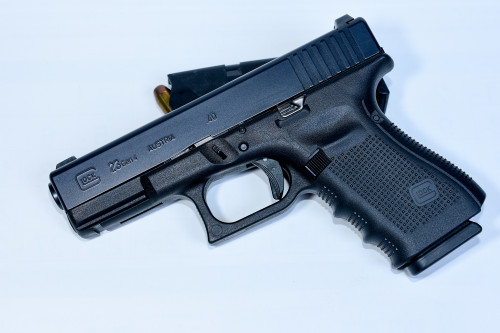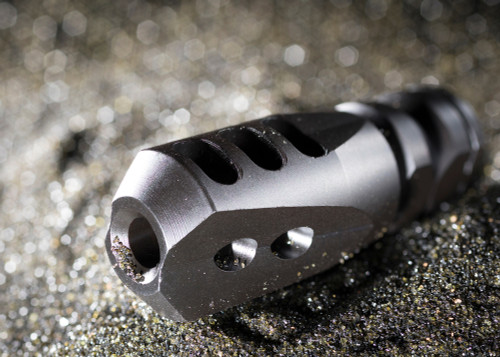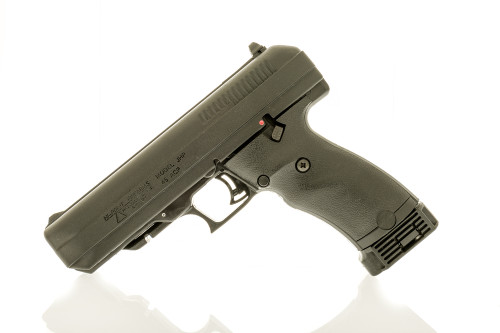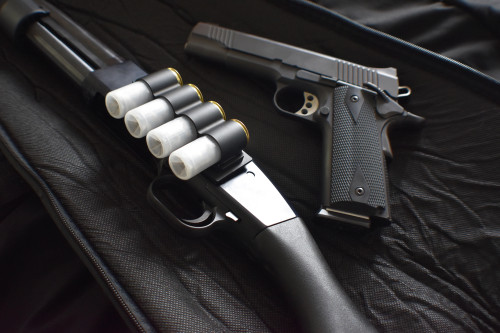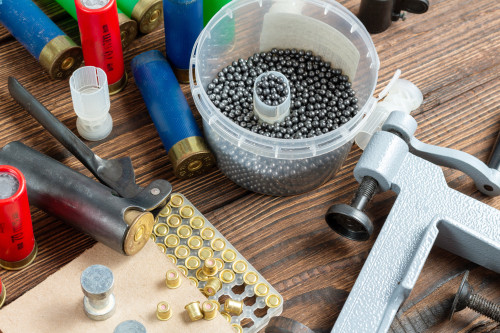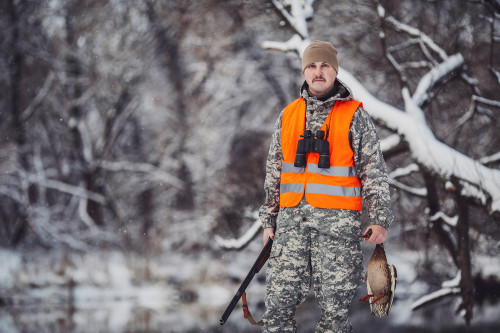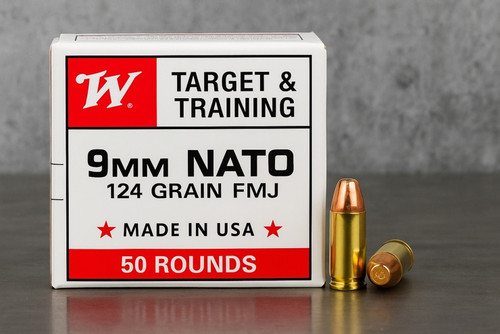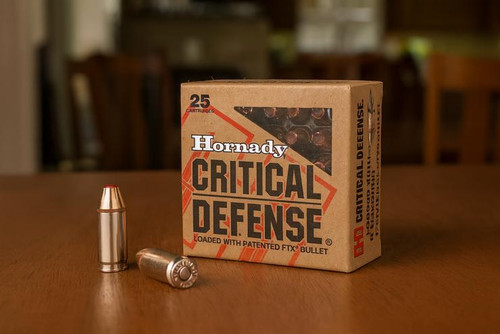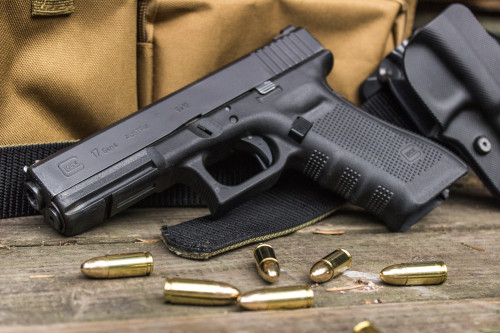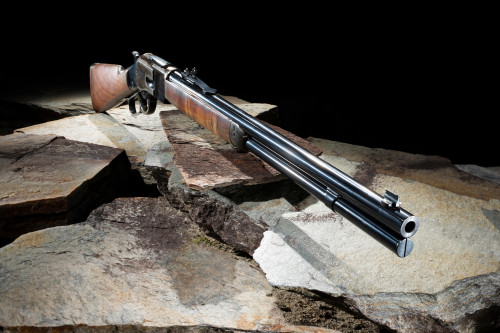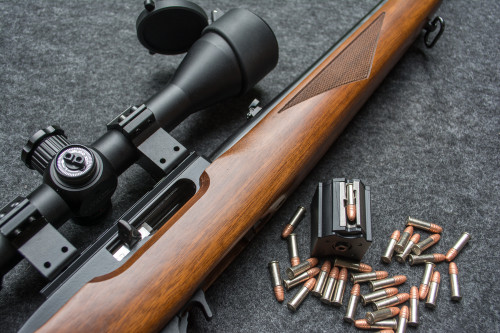For most of the history of human conflict, we didn’t recognize the damage that loud noises could do to the human ear. As a result, millions of soldiers from the invention of gunpowder through the end of World War II fired guns without any ear protection — even artillery and naval gun crews.
The pervasive attitude was that humans would eventually build up a “tolerance to loud noises.” That’s sort of true — it’s called “deafness.”
Today, there’s no excuse not to use ear protection when shooting (unless you’re suddenly under attack). If you are deploying your firearm under non-life-threatening circumstances, ear-protection (“ear pro” for short) is a must-have.
Luckily, there are so many different types of hearing protection available today that there’s something to fit everyone’s preferences. Let’s look at different types of hearing protection and the best ear protection products available today.
Decibels, Loud Noises, and Hearing Damage
You only get one set of ears, and if you damage them, they’ll never repair themselves. Without ear protection when shooting, you’ll experience hearing loss at some point in your life. It’ll start small, either as a quiet, high-pitched ringing (tinnitus). Then, you won’t be able to hear people’s individual voices over the background noise at a gathering. The end result will be full-on hearing loss, leading to complete deafness.
According to Johns Hopkins, mild hearing loss can even double your risk of developing dementia later in life. Severe loss can quadruple it. Dementia is no fun — especially when your loved ones have to take your guns away.
Hearing pro is especially necessary during activities that expose you to loud noises. Just ask anyone who works at an airport or a rock musician about their hearing. They work around loud noises all the time, and understand the importance of hearing protection.
This is why you should wear ear protection whenever you fire a gun. Have you ever shot an AK without wearing ear protection? Your head will ring for days from a single shot. Long story short, wear ear protection.
Decibels
To understand how hearing loss works, start with decibels. A decibel is a unit that measures the amplitude (loudness) of a sound. The higher the decibel level, the higher the amplitude and louder the sound.
Here’s the thing about decibels, though: they work exponentially, not linearly. In other words, each time you increase a sound’s amplitude by one, it gets ten times louder. It breaks down like this:
- Faint: about 30 decibels (dB): the sound of a whisper.
- Moderate: 40dB to 50dB: a quiet room.
- Loud: 60dB to 80dB: a vacuum cleaner, alarm clock, or busy street.
- Extremely Loud: 90dB to 110dB: heavy machinery, chainsaws, subway.
- Painful: 120dB to 150dB: jackhammers, jet planes, rock concerts, firearms.
As you can see, sound loudness can increase quickly. What’s more, being exposed to a loud noise once isn’t as damaging as being in an area with repeated loud noises. Which is exactly what you’re doing when you go shooting.
According to OSHA standards, you need to avoid exposing yourself to decibels of 115 or above for longer than 15 minutes without ear protection. Since even short shooting sessions usually last double that, ear protection is a must.
Ear Protection Options
Let’s look at the two different styles of hearing protection: over-ear and in-ear. Deciding between the two largely comes down to your personal preference.
Over-Ear
These types of hearing protection look like headphones or earmuffs. A headset has one cup for each of your ears connected to each other with a piece of metal or plastic. You place the cups over each of your ears to block out sound.
Over-ear muffs can have one major flaw: comfort. They can grow uncomfortable around your ears or over the top of your head, and may be annoying to wear for more than a few hours at a time.
Muffs can also get in the way when you’re shooting certain types of guns. Notably, they can interfere with proper cheek weld.
In-Ear
For in-ear protection, you might think of small foam earplugs. These usually aren’t suitable for shooting, unless you double-up with some over-ear muffs.
Instead, in-ear protection for shooting is a little more advanced. Many feature passive technology that filter out loud frequencies but allow quieter ones (like talking) to pass through. Many over-hear muffs now offer the same technology.
In-ear plugs can have similar comfort-related problems to over-ear muffs. They mainly trigger discomfort inside your ears. You can buy ear plugs that are custom-molded to your ear canal for a more comfortable fit.
Active vs Passive Ear Protection
Active ear protection uses electronics to reduce the amount of noise coming through them. Passive ear protection doesn't use any electrical components. Instead, it uses layers of insulating material like foam to dampen noises.
Active ear pro is a great choice for shooters, since it can reduce the sound of gunshots while leaving voices unchanged. However, it does require batteries, and it’s usually heavier than passive ear protection. Passive ear pro has one more thing going for it: it’s usually cheaper than its active counterpart.
Best Over-Ear Shooting Ear Protection: Walker’s XCEL 500BT Digital Electronic Muff
When it comes to shooting ear pro, Walker’s Game Gear is one of the best brands out there. The company offers a variety of styles of ear protection, but their XCEL 500BT Digital Electronic Muff is one of their flagship products.
These headsets have all of the bells and whistles. Electronic noise-canceling technology reduces noise levels by 26dB. That not only protects your hearing, but also boosts your situational awareness — which is critical for competitive shooting events.
The muffs also feature Bluetooth connectivity. That’s a super cool feature, allowing you to queue up your favorite playlist and get blasting. You can also run a shot timer into these muffs using Bluetooth. Most shot timers make a “beep” that’s easily missed with traditional ear protection, but playing them directly into your ears can be a huge help.
As if that wasn’t enough, the XCEL 500BT features four different sound dampening modes. You can scroll through them using a physical interface on the headband, or use its voice activation feature. That’s right, you can scroll between sound modes by talking to it.
This headset only has two real flaws. Without 2 AAA batteries, you won’t be able to use the bluetooth or active hearing protection. The second is cost. These go for $149 MSRP, making them one of the most expensive entries on this list. That said, we think they’re worth the price.
You can use these muffs in just about any application (indoor range day, shooting classes, hunting, outdoor competition, etc.).
Pros:
- 26dB hearing protection
- Both active and passive hearing protection
- 4 different sound-dampening modes
- Bluetooth connectivity
- Auto shutoff feature
- Voice-controlled menu
Cons:
- Requires 2 AAA batteries to run
- More expensive than passive hearing protection
Best Passive Shooting Ear Protection: Walker’s Bluetooth Passive Muffs
You should still protect your hearing even if you can’t splurge on high-end active earmuffs. In that case, passive hearing protection is a great choice.
Walker’s Game Gear also makes some great passive hearing protection muffs. These headsets feature a durable construction with a hard shell over sound-dampening foam. The low-profile muffs are easy to stow in a range bag, and have a boom mic to pick up the sound of people talking.
Walker’s Bluetooth Passive Muffs have another great feature: Bluetooth connectivity. That’s right, you can ball on a budget with this headset, jamming out to Marty Robbins’ 1960 gunfighter ballad Big Iron while you nail targets from 25 yards with your favorite revolver.
If you’ve ever used a pair of old-school Walker’s Razor passive muffs before, you know they can get uncomfortable after a few hours of use. That’s why Walker’s redesigned them with a new headband to maximize comfort.
Pros
- 25dB hearing protection
- Bluetooth connectivity
- Low profile ear cups
- Inexpensive
- Batteries required for Bluetooth and mic
Cons
- Less hearing protection than active muffs
- Muffles all noise around you, not just gunshots
Best In-Ear Shooting Ear Protection: Walker’s Silencer BT 2.0
If you’re not feeling over-ear muffs, in-ear plugs may be more your speed. Walker’s takes the cake here too, with the Silencer BT 2.0 plugs.
These are everything you’d ever want in a pair of earplugs. They fit snugly into your ears to block out any incoming noise, using passive and active technology to reduce noise to 24dB. They also feature a built-in battery that you can recharge by simply stowing the plugs in their case.
The Silencer BT 2.0 also includes variable gunshot suppression (changing sound reduction depending on a firearm), wind noise reduction, and Bluetooth connectivity. They have a wider Bluetooth range than the Walker’s over-ear muffs, too.
One of the really cool features about these plugs is their connectivity to the Walker’s Link app, where you can dial in your own sound preferences. If you’re particularly sensitive to certain frequencies, you can EQ your sound to filter them out. You can also crank ambient volume, a great option if you’re hunting and listening for animals. These plugs essentially give you superpowers, allowing you to crank up what you want to hear and reduce what you don’t.
Our only complaint is that you can’t use them in conjunction with over-ear muffs. But to be honest, their noise reduction levels are so good you don’t really need to double up.
Pros
- Bluetooth connectivity
- Rechargeable battery
- Comfy
- Connect with Walker’s App for in-depth adjustments
Cons
- Bluetooth playback can lose synch between earbuds
- Can’t use them in conjunction with over-ear muffs
Best Budget Ear Protection: Walker’s Razor Slim Electronic Muff
Do you just want bare bones electronic ear protection without many bells and whistles? Walker’s has your back again with their Razor Slim Electronic Muffs.
These muffs forego extra features for simplicity. The construction of rugged sound-dampening composite housing offers 23dB of hearing protection. Their low-profile ear cups also make them easy to handle, store, and transport.
With an MSRP of about $59 to $69, they’re great for a budget-minded shooter. They’re affordable enough to still be a wallet-friendly option while still boasting enough technology to be worthwhile on the range. These muffs, while simple, still offer crisp, high-definition audio.
Pros
- 23dB hearing protection
- Low-profile ear cups
- Inexpensive
- No batteries required
Cons
- No Bluetooth connectivity
Best Active Low-Profile Ear Cups: 3M Peltor Sport RangeGuard Electronic Hearing Protector
Many higher-end active over-ear muffs have gigantic ear cups. Which makes sense — if you’re packing a bunch of noise-reducing technology into a single product, it’ll take up more real estate.
Big cups aren’t a problem if you’re just shooting pistols. But they can get in the way when you’re shooting a gun from the shoulder, like a rifle or a shotgun. When you bring out the big guns, low-profile ear cups can be useful.
3M has offered personal protective equipment (PPE) for workers for decades. This Peltor model is their foray into the world of shooting ear pro, offering 21dB of active hearing protection. While these muffs don’t feature Bluetooth connectivity, you can still jam out to tunes thanks to a built-in audio input jack.
Pros:
- 21dB hearing protection
- Low profile ear cups
- Audio input jack
Cons:
- Requires 2 AAA batteries
- No Bluetooth connectivity
Best Ear Pro For Kids: Green Devil Kids’ Earmuffs
Kids need to protect their hearing too. In fact, it’s more important for kids to protect their ears than adults, since they’ll have more sounds to hear over the years ahead of them and their ears may be a little more sensitive. Long story short, if you take your kids shooting, equip them with proper gear.
With 27dB of hearing protection, Green Devil’s Kids’ Earmuffs rival any other headset covered on this list. Their only problem is their lack of features. All of the other ear protection products on this list are electronic, but these are analog. That means there’s no way to connect an audio device to these muffs or adjust what sounds you hear. On the up side, that means they don’t require any batteries — and are less distracting to kids on the range or hunting. In any case, they are perfect for canceling out noise in general, which is the main goal of ear protection.
Pros
- 27dB hearing protection
- Hi-viz muffs to easily spot your kids
- Cool colors
Cons
- No Bluetooth connectivity
Final Thoughts
We can’t stress this enough: DO NOT go shooting without ear protection. You only have one set of ears, so protect them as long as you can.
To decide on the best hearing protection, look at your specific goals and budget. Do you need something to simply guard your ears at your local indoor range? Over-ear passive muffs could get the job done. Need to communicate with other shooters? You may need higher-end, in-ear plugs, or over-ear muffs with active technology.
Regardless of the type of ear protection you need, ProArmory can help. Check out our hot deals on ear protection, tactical gear, ammo, and more.
Want to learn more about firearm safety? Pro Armory also offers online training from veterans and other professionals to help you become a better, more responsible shooter. Sign up for our newsletter to be notified when training officially launches.







